I want to up my game in UI design using PyQt5. I feel like the resources for UI customization in PyQt5 are not easy to find. It is possible to try and make personalized widget, but the overall method seems non-standardized.
I need to build an arrow widget that is hoverable, overlappable with other widgets and highly customized. As I read in this tutorial and some other posts, it possible to do exactly what you need using paintEvent. Thus that is what I tried, but overall, I feel like the method is quite messy, and I'd like some guidelines on building complex Customized, general widget. Here's what I have:
Customized Shape: I built my code based on this
Hoverable property: I read everywhere that modifying the projects styleSheet is usually the way to go, especially if you want to make your Widget general and adapt to colors, the problem is that I wasn't able to find how to use properly self.palette to fetch the current colors of the QApplication styleSheet. I feel like i's have to maybe use enterEvent and leaveEvent, but I tried to redraw the whole widget with a painter in those functions and it said
QPainter::begin: Painter already active
QWidget::paintEngine: Should no longer be called
QPainter::begin: Paint device returned engine == 0, type: 1
QPainter::setRenderHint: Painter must be active to set rendering hints
Overlappable Property: I found a previous post which seemed to have found a solution: create a second widget that is children of the main widget, in order to be able to move the children around. I tried that but it seems that it doesn't want to move, no matter the position I give the widget.
Here is my code:
import sys
from PyQt5.QtWidgets import QWidget, QHBoxLayout, QGraphicsDropShadowEffect, QApplication, QFrame, QPushButton
from PyQt5.QtCore import Qt, QPoint, QLine
from PyQt5.QtGui import QPainter, QPen, QColor, QPalette
class MainWidget(QWidget):
def __init__(self):
super(MainWidget, self).__init__()
self.resize(500, 500)
self.layout = QHBoxLayout()
self.setLayout(self.layout)
self.myPush = QPushButton()
self.layout.addWidget(self.myPush)
self.arrow = ArrowWidget(self)
position = QPoint(-40, 0)
self.layout.addWidget(self.arrow)
self.arrow.move(position)
class ArrowWidget(QWidget):
def __init__(self, parent=None):
super(ArrowWidget, self).__init__(parent)
self.setWindowFlag(Qt.FramelessWindowHint)
self.setAttribute(Qt.WA_TranslucentBackground)
self.w = 200
self.h = 200
self.blurRadius = 20
self.xO = 0
self.yO = 20
self.resize(self.w, self.h)
self.layout = QHBoxLayout()
# myFrame = QFrame()
# self.layout.addWidget(myFrame)
self.setLayout(self.layout)
self.setStyleSheet("QWidget:hover{border-color: rgb(255,0,0);background-color: rgb(255,50,0);}")
shadow = QGraphicsDropShadowEffect(blurRadius=self.blurRadius, xOffset=self.xO, yOffset=self.yO)
self.setGraphicsEffect(shadow)
def paintEvent(self, event):
painter = QPainter(self)
painter.setRenderHint(QPainter.Antialiasing)
painter.begin(self)
# painter.setBrush(self.palette().window())
# painter.setPen(QPen(QPalette, 5))
ok = self.frameGeometry().width()/2-self.blurRadius/2-self.xO/2
oky = self.frameGeometry().height()/2-self.blurRadius/2-self.yO/2
painter.drawEllipse(QPoint(self.frameGeometry().width()/2-self.blurRadius/2-self.xO/2, self.frameGeometry().height()/2-self.blurRadius/2-self.yO/2), self.w/2-self.blurRadius/2-self.yO/2-self.xO/2, self.h/2-self.blurRadius/2-self.yO/2-self.xO/2)
painter.drawLines(QLine(ok-25, oky-50, ok+25, oky), QLine(ok+25, oky, ok-25, oky+50))
painter.end()
if __name__ == '__main__':
app = QApplication(sys.argv)
testWidget = MainWidget()
testWidget.show()
sys.exit(app.exec_())
If someone could help me make this work and explain along the way to help us better understand the structure of customized widgets and explain a better method that isn't messy like this one, I believe it would be a plus to the beginners like me using PyQt5 as a main Framework for UI making.

